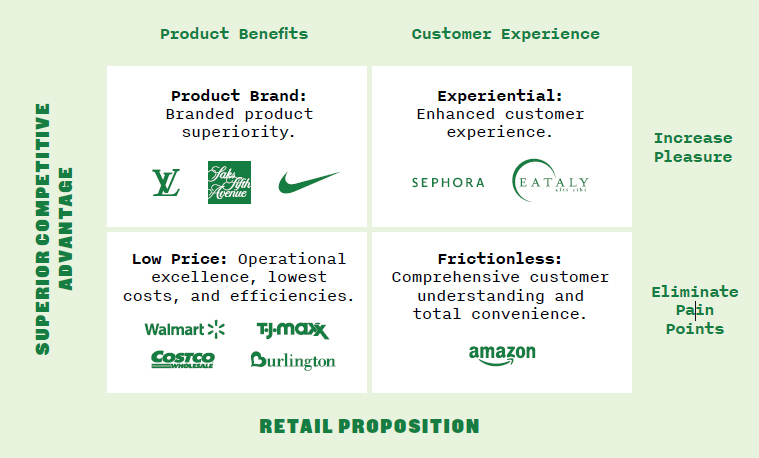Navigating the speed paradox in retail

The rise of new retail has created a confusing paradox for many businesses and brands operating across bricks-and-mortar and online stores.
While technological advancements have focused on speeding up the consumer experience with efficient checkouts – think one-click checkout, or even no checkout a la Amazon Go – and faster fulfilment options, the growing experience economy has placed a premium on ‘slow retail’.
For some experts, slowing down the shopping experience by installing lounge rooms and cafes in stores and creating opportunities to engage with the brand in a way that doesn’t only involve transactions, as General Pants Co. recently did by installing a basketball court and arcade games in a store, presents an opportunity for consumers to connect with brands on a deeper level.
But how should retailers respond to these contradictory trends?
Dr Rebecca Dare, managing director of Monash University’s ACRS unit (Australian centre for Retail Studies), believes a successful customer experience offering either increases pleasure (slow) or eliminates pain points (fast).
Speaking at an industry event in Melbourne last week, Dare cited the ‘retailing success matrix’ first published by Barbara Kahn, a marketing professor at the University of Pennsylvania’s Wharton School.

The matrix divides retailers and brands into four quadrants based on their offering – targeting either product superiority, such as Louis Vuitton or Nike, or low price, such as Walmart – and their customer experience – targeting either experiential retail, like Sephora, or frictionless retail, like Amazon.
According to Kahn, successful retailers and brands are leaders in two quadrants. For instance, Zara and Warby Parker offer brand superiority and low prices, while Amazon offers low prices and frictionless buying.
While many retailers and brands today are hyper-focused on creating frictionless checkout and shipping experiences – especially online – few are exploring how to slow down the customer experience to increase the pleasure of shopping.
As Dare noted, the average amount of time Australians spend shopping in bricks-and-mortar stores has remained consistent at around 250 minutes per week, while the amount of time they spend shopping online has increased by 18 minutes per week.
This implies that consumers are not necessarily interested in reducing the amount of time they spending shopping, and it presents an opportunity for certain businesses to develop more memorable connections with their customers.
“Faster isn’t necessarily better,” Dare said at the event, adding that retailers should “target ruthlessly and don’t waver”.
Comment Manually
You must be logged in to post a comment.

No comments